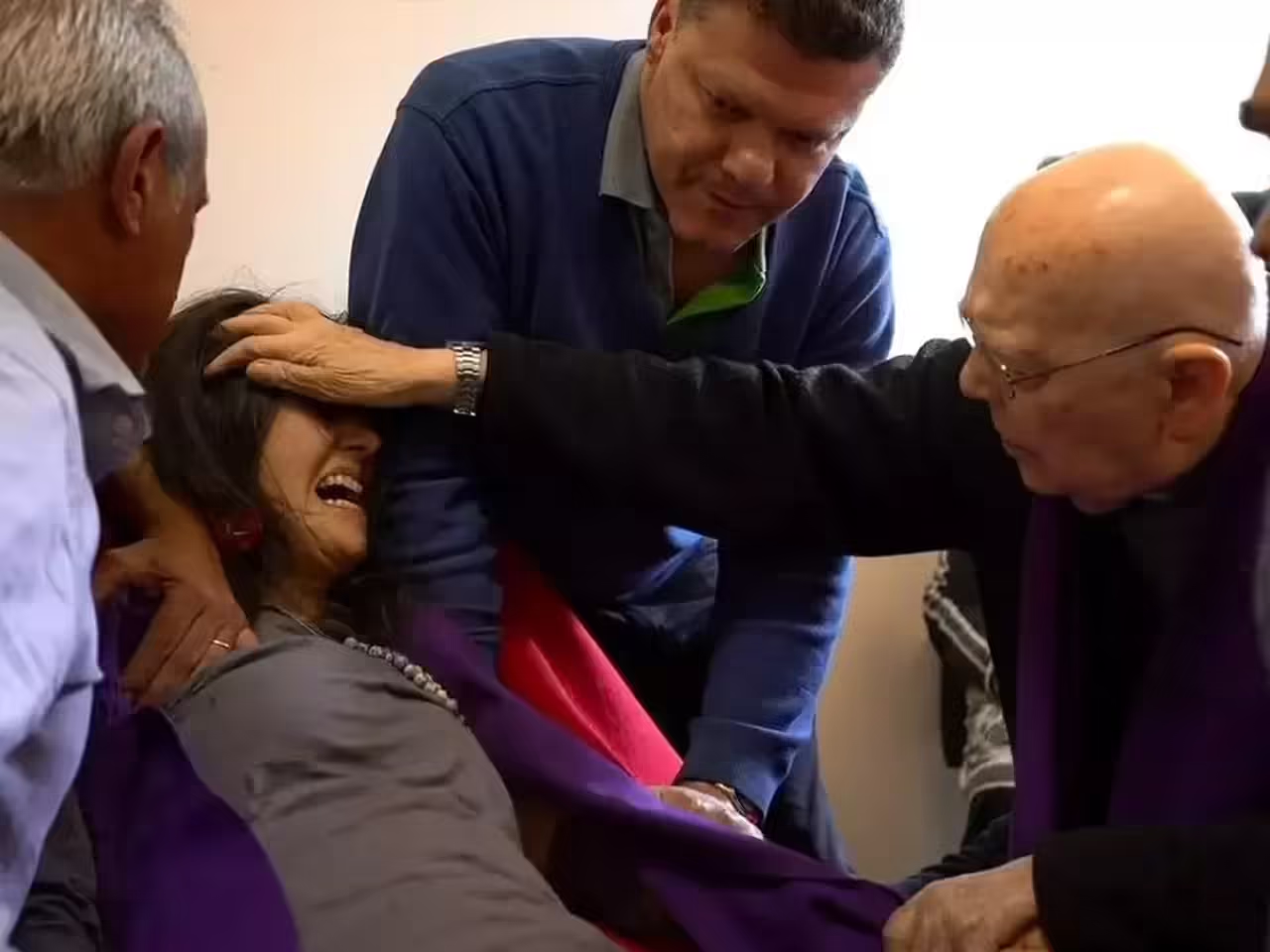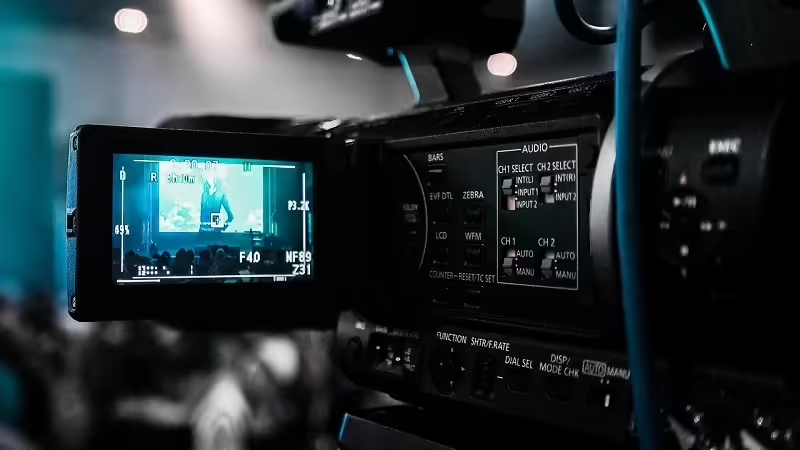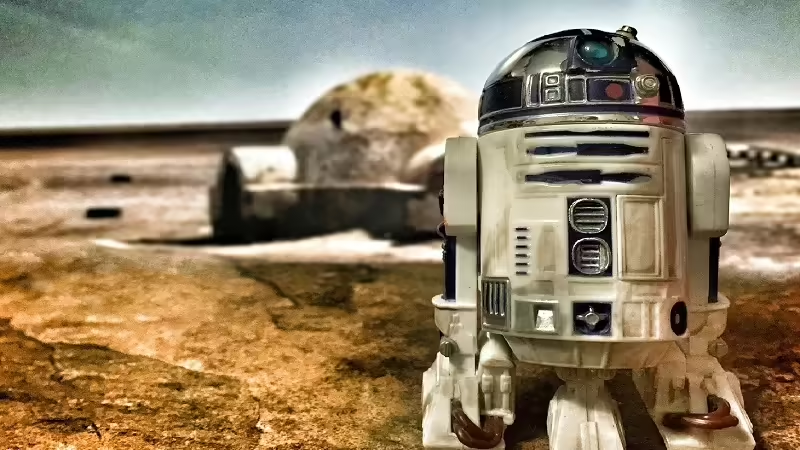
With simple Terminal commands you can repair your Mac in minutes.
You turn on the Mac and the fateful white screen with question mark and forbidden to appear. Hardware issues aside, most problems with access to files or folders are related to the file system and hard drive. In most cases you only have to repair the disk, which can easily be done from the disk utility. But what happens when we can not access the disk utility or the recovery partition
Check and repair the drive of your Mac can also be performed from the terminal also commands that can be executed from the start or verbose command line (Command (⌘) -V to initial) mode or with a connection to a remote computer via SSH. Aim this series of steps to repair the Mac in case you encounter a problem:
The first thing to do is locate and verify our record. Each disk Mac takes a unique identifying that the system assigns to each disk mounted (and each separate partition). Thus, all drives that are connected to the Mac are within the Volumes folder in the root directory, so the first thing you have to do is change the directory to the subdirectory disk using the cd / Volumes ls to display a list of all connected volumes will be the unit identifier
Now just have to run the verifyVolume unit identifier command diskutil identifier by replacing the disc name you want to verify, if want to check the overall boot disk, just use the command diskutil verifyVolume / .
If the command above the system has detected an error, a message will The volume "disc name" was found corrupt and needs to be repaired . Now we just have to fix it using the diskutil command repairvolume / Volumes / [identifier unit] / changing the last section by the name of our album that has generated the value ls in step one. Again, you can select / if the boot disk of our Mac we want to repair.
If everything went well, your Mac will restart as usual and problem solved, at least disk.
Hipertextual







